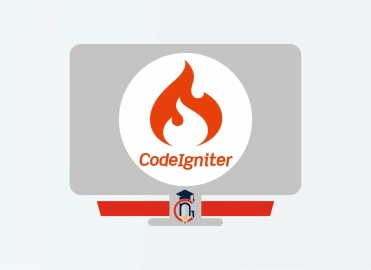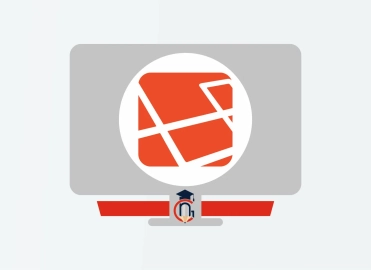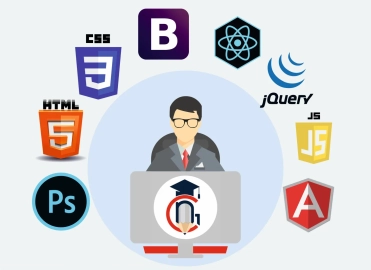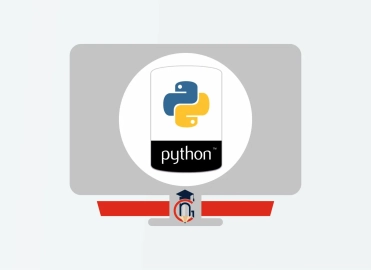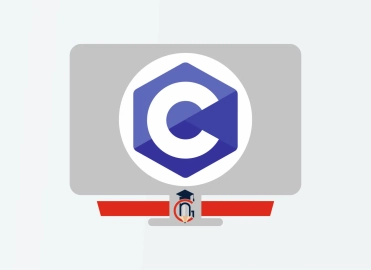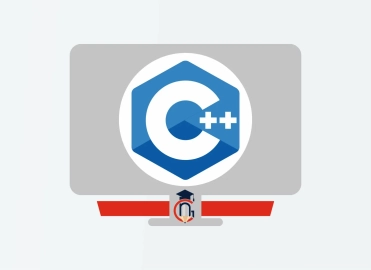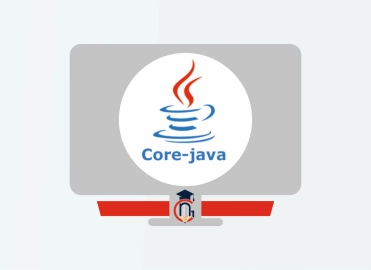Advance Cloud Computing (AWS & Azure)
| Training Mode | Regular | Fastrack | Crash |
|---|---|---|---|
| Classroom | Online | 12 Months (M,W,F or T,T,S Class) (3 Class in a week) |
6 Months (Monday to Friday Class) (5 Class in a week) |
3 Months (Monday to Friday Class) (5 Class in a week 1:30 hour duration) |
Module 1: Linux Fundamentals
1. Overview of all basic commands
2. Vim editor zmodes
3. Filesystem hierarchy – Basic topics
4. File and directories creation
5. Grep
6. Filter commands (head, tail, more, less)
7. Creating users and groups
8. Important files related
9. Modifying, deleting users and group
10. Linux permissions
11. Basic permissions overview
12. Software management
13. Yellowdog update modifier(yum)
14. Yum commands
15. Different runlevels
16. Services and daemons
Module 2: Why Cloud ?
1. Why Cloud and What is Cloud Computing?
2. Identify the features and benefits of cloud computing
3. Different types of Cloud Computing deployment model
4. Public Cloud, Private Cloud, Hybrid Cloud
5. Virtualization – An essential in cloud
6. Virtualization in Cloud model
7. Different types of virtualization
8. Hypervisor – Benefits
9. Different types of services and its difference in Cloud computing
10. IaaS, PaaS, SaaS
11. Importance of scaling in cloud computing
12. Different types of scaling and its applications
13. Issues we overcome using cloud and applications
14. Cost model that we use in cloud computing
Module 3: AWS – An overview
1. Describe the features of AWS
2. The features of AWS marketplace
3. Describe the features of Amazon Compute Services
4. Describe the features of Amazon Storage Services
5. Describe the features of Amazon Network Services
6. Describe the features of Amazon Database services
7. Describe about various services in AWS
8. Global Infrastruture – Regions and Availability Zones
9. Create a free tier account in AWS and onboarding
10.Introduction AWS management console
Module 4: Understand Identity Access Management of AWS
1. Protect your AWS by different authentication system
2. Password policies set for users
3. AWS User Account and Groups in detail
4. Creating custom policies in AWS
5. Introduction about Roles and its use
6. Creating Roles and associating policies
7. Creating programmatic access and management console access for users
8. Associating policies to the user and groups
Module 5: EC2 Instance
1. Describe AMI and AWS Marketplace templates
2. Launch a basic EC2 instance
3. Different types of Instances Reserved, On-demand, Spot, Dedicated
4. Security groups and tags for EC2 instance
5. Public key – Private key introduction and protecting EC2 with keys
6. Attaching and detaching EBS volumes
7. Launch an ec2 instance from an AMI
8. Create custom AMI and working with different region
9. Make use of amazon EBS volume and create snapshots
11. 10.Manage the configuration of your application
12. Deploying a new instance from the created AMI
Module 6: Auto-scaling
1. Get Started with Auto Scaling Using the Console
2. Creating Launch configurations and make use of it for autoscaling groups
3. Maintain a Fixed Number of Running EC2 Instances
4. Dynamic Scaling
5. The lifecycle of autoscaling
6. Policies of autoscaling
Module 7: Load Balancing
1. Introduction to Loadbalancer (ELB)
2. Different types of Loadbalancer in AWS
3. Application Load balancer
4. Network Load balancer
5. Classic Load balancer
6. Migrating classic load balancer to new load balancer
7. Components and types of load balancing
Module 8: EBS (Elastic Block Storage)
1. Create EBS volumes
2. Delete EBS Volumes
3. Attach and detach EBS volumes with EC2 instance
4. Creating and deleting snapshots
Module 9: Object Storage in Cloud
1. Understanding S3 durability and redundancy
2. Introduction about S3 Buckets
3. How S3 Uploading works and how to Download
4. How to S3 Permissions
5. How to implement S3 Object Versioning S3 Lifecycle Policies
6. Storage Gateway
7. Import Export
8. S3 Transfer Acceleration
9. Glacier storage
Module 10: Cloud Front
1. Describing cloud front
2. Creating a cloud front distribution
3. Hosting a website of cloud front distribution
4. Implementing global restrictions
5. Configuring origins and behaviors
Module 11: Route53
1. Describe Hosted zones and Domain name understanding
2. How to create hosted zones
3. Hosting a website with custom domain name
4. Understanding routing policies
Module 12: AWS Security Management
1. Describing Security Practices for Cloud Deployment
2. AWS Shared Responsibilities and Securities
3. Importance of Cloud Trail
4. Describing Trust advisor
Module 13: Amazon Virtual Private Cloud (VPC)
1. Introduction to Amazon Virtual Private Cloud (VPC).
2. VPC Advantages and understanding IP addressing CIDR
3. Default and Non-default VPC
4. Different Components in VPC
5. Describe, create, and manage Amazon Virtual Private Cloud
6. Amazon VPC, Private Subnet, and Public Subnet
7. AWS Networking, Security Groups, and Network ACLs
8. Configuration and management of VPN connectivity
9. Subnet and Subnet Mask
Module 14: Relational Database Service (RDS)
1. Introduction to RDS
2. Different database services of AWS: Amazon RDS, Dynamo DB, Redshift etc.
3. Create MYSQL RDS Instance, Oracle RDS Instance, MS SQL RDS Instance
4. Configuring the database
5. Configuring backups
6. Configuring the maintenance windows
7. Connecting to the database
Module 15: NDynamo DB
1. Creating a dynamo dB
2. Adding data manually
3. Learn about strong and eventual consistency
4. Calculating Read write consistency
5. Configuring alarms
Module 16: Monitoring Services
1. Knowledge on Cloud watch – A monitoring service
2. Create and Configuring Monitoring services
3. How to perform Setting thresholds and Configuring actions
4. Creating a cloud watch alarm
5. Getting statistics for ec2 instances
6. Monitoring other AWS services
7. Configuring Notifications
8. Integrating cloud watch with Auto scaling
Module 17: Application Services – An Overview
1. What is SNS
2. a topic
3. Create subscription
4. Subscribed to the subscription
5. SQS & SES
6. Lambda and Elastic Beanstalk
Contact Us
Course Feedback
Student Projects
-
.png)
Name : Manish Bharti
Course : Web Designer
Project : Mindx
Guided By : Rajesh Sir
-

Name : Manish Bharti
Course : Web Designer
Project : Light Basket
Guided By : Rajesh Sir
-

Name : Sakesh Kumar
Course : Web Development
Project : Delhi Hospital
Guided By : Rajesh Sir
-

Name : Vikash Kumar
Course : Full Stack Developer
Project : PS Health Care
Guided By : Rajesh Sir
-

Name : Bablu Kumar
Course : Web Developer
Project : Mudra Cash for Gold
Guided By : Rajesh Sir
-

Name : Manish Bharti
Course : Web Designer
Project : vedicessentials
Guided By : Rajesh Sir
-

Name : Guddu Kumar
Course : Advance Full Stack Developer Expert
Project : MPSswitches
Guided By : Rajesh Sir
-

Name : Guddu Kumar
Course : Advance Full Stack Developer Expert
Project : Palco
Guided By : Rajesh Sir

